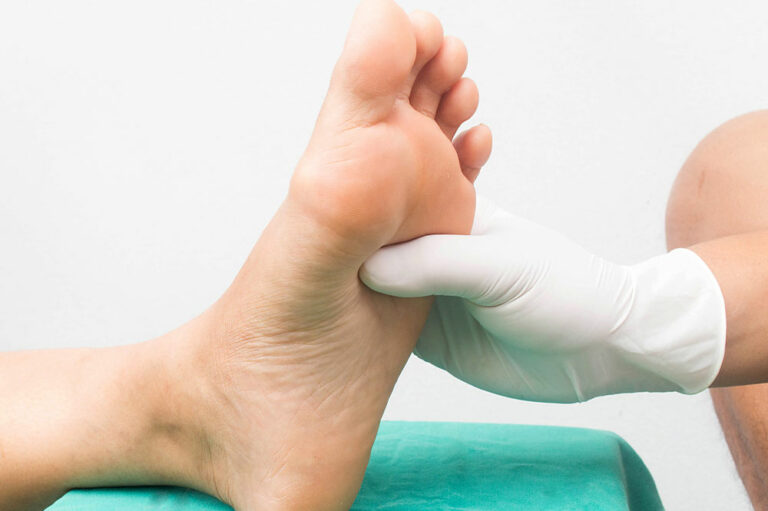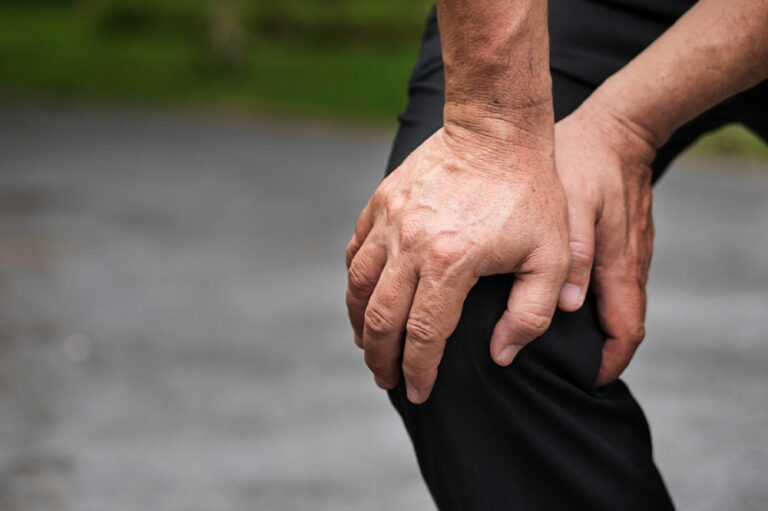5 alarming signs of high blood sugar

High blood sugar, also known as hyperglycemia, is a condition that affects millions of people worldwide, particularly those with diabetes. Identifying the signs of high blood sugar to prevent complications and promote overall health is essential. While elevated blood sugar levels can vary in severity, recognizing the early warning signs is crucial for timely intervention. By increasing awareness, one can empower individuals to take proactive steps toward managing their blood sugar levels.
Excessive thirst
Also known as polydipsia, excessive thirst is a common sign of high blood sugar caused by dehydration resulting from frequent urination. Patients with high blood sugar levels might constantly battle the urge to drink fluids to quench their insatiable thirst.
Increased hunger
People with high blood sugar are also prone to increased hunger as a sign of their condition. Polyphagia causes the body’s cells to miss out on receiving sufficient energy from glucose. In order to cope with it, the body breaks down stored fat and muscle tissue, which might cause unintentional loss of body mass.
Frequent urination
Polyuria is also one of the common signs of high blood sugar. The kidney’s primary function is to eliminate excessive sugar in the body. The urge to empty the bladder is more frequent at night, known as nocturia. Paying attention to changes in urinary frequency can help identify potential high blood sugar levels.
Blurry vision
High blood sugar levels can affect the lens of the eye, causing temporary changes in vision. Individuals may experience blurred vision or difficulty focusing. This visual impairment is often temporary, and resolves once blood sugar levels are properly managed. However, prolonged high blood sugar can lead to long-term complications affecting vision.
Dry mouth and skin
Dehydration resulting from increased urination can cause dryness of the mouth and skin. Individuals may experience a persistent dry or sticky sensation in the mouth and notice dry, itchy, or flaky skin. Proper hydration and moisturizing measures are essential to alleviate these symptoms.
Medicare covers various services like hospital stays, doctor stays, and supplies, including blood sugar test strips. The service also covers a substantial portion of prescriptions. Different parts of Medicare cover different supplies and services. Part A provides coverage for hospice care, hospital stays, and skilled nursing facilities. Part B covers blood sugar test strips, blood sugar monitors, lancets, and more. It also covers insulin pumps and supplies. Similarly, part C and D provide coverage for other aspects of diabetes treatment and management.



